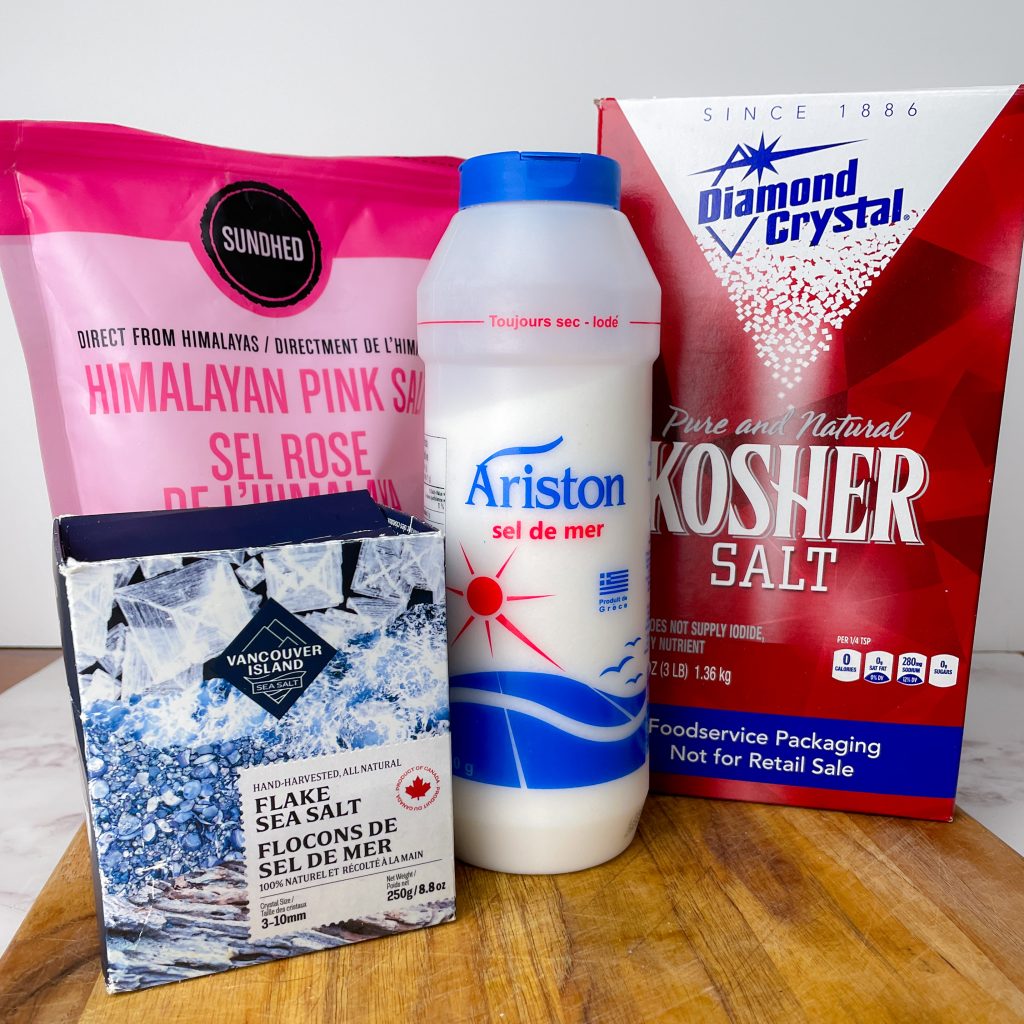Why Steak Thickness Matters
When shopping the vast array of meaty options at the butcher counter, the thickness of a steak is sometimes overlooked. Because let’s face it, there is a lot to consider when purchasing a steak, including the type of steak cut, marbling, colour, and the length of dry aging.
Let’s talk about why thicker is usually better, what thickness is ideal for the most popular steak cuts, and some tips on cooking thin and extra-thick steaks.
Thicker Steaks are Better
There’s nothing worse than cooking a steak that becomes overcooked before achieving that perfect sear on the outside.
Why is sear important? Searing caramelizes the natural sugars in the meat, forming a rich brown crust that amplifies the flavours of the meat. In short, it’s a critical step in producing a mouth-watering steak!
Have you been in this scenario – You place a beautiful cut of meat on the grill only to find it’s overcooked in no time? If this frequently happens to you (and your steaks are less than 1 inch thick), than the thickness of your steak might be to blame.
Thinner steaks make it more difficult to achieve that medium-rare that so many steak-lovers seek to achieve. The reason for this is that the heat has less travel distance to the center of the steak, causing them to overcook quickly.


Ready to cook the best steak ever…from home!
Grab our Steakhouse at Home Ebook! It’s an instant download so you can start using it tonight!
The Perfect Thickness of Steak
A common thickness for premium steaks like ribeye and striploin, are around 1 inch. This is the minimum thickness we recommend. Many would argue that 1.5 inches is the perfect thickness that allows you to be more precise when it comes to doneness. As you get into steaks that are 2-3 inches thick, you may find it requires a bit more skill to achieve your desired results.
Thick Steak Cooking Tips
Steaks that are 1-2 inches do well when cooked using the classic technique of searing to form a crust and then finishing on a lower temperature until the desired doneness is reached. This can be achieved entirely on the grill or head inside to cook in a pan and finish in the oven.
Extra thick steaks (we’re talking 2.5 – 3 inches) would benefit from different cooking techniques. Try the reverse-sear or sous-vide to achieve an even doneness of your steak.

Thin Steak Cooking Tips
What about naturally thin cut steaks like flank, flat iron, skirt and bavette? They are the exception to the steak thickness rules.
These steaks benefit from using very high heat for a short period of time. By searing it quickly, you can avoid the heat penetrating too much into the center of the steak. This will ensure your steak is still tender, flavourful and juicy!
And there you have it! Having the ideal steak thickness can be the difference between a good and bad experience when cooking your steak. The next time you’re at the grocery store or butcher, make sure to ask for cut steaks that are AT LEAST 1-inch thick. With this thickness, you’ll be able to cook your steak perfectly every time!
Cooking a thick steak can seem like a daunting task, but it is definitely worth the effort. With our tips, you will be able to cook a thick steak perfectly every time.
Want to learn more about steaks?
Check out our other blog posts on topics such as:
Skirt Steak vs. Flank Steak: Learn the Difference
Grilling a Tomahawk Steak: How to Cut and Plate It Like a Pro
Is Wing Steak a Good Cut of Beef?









